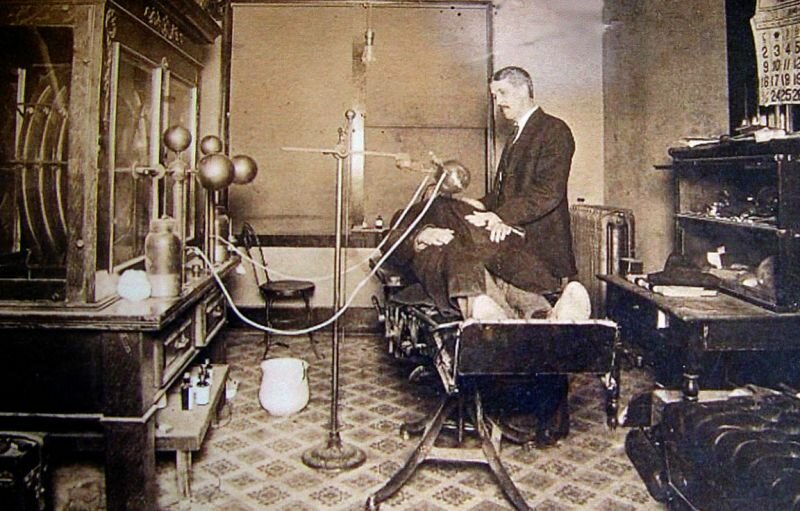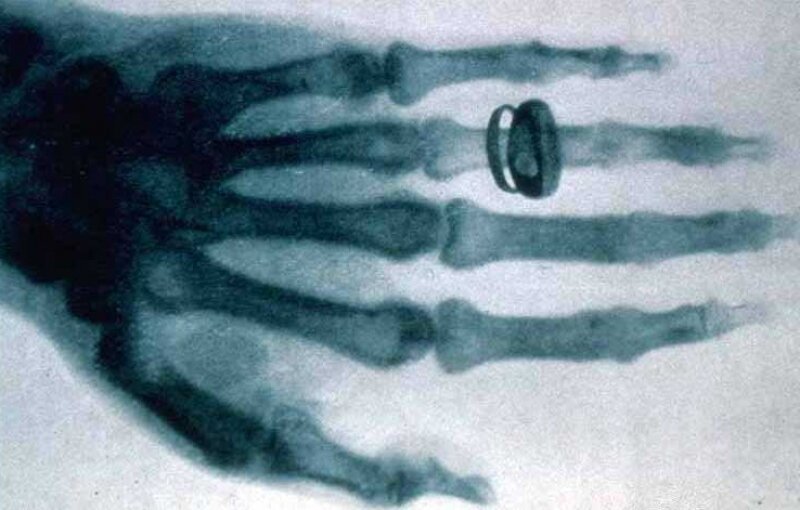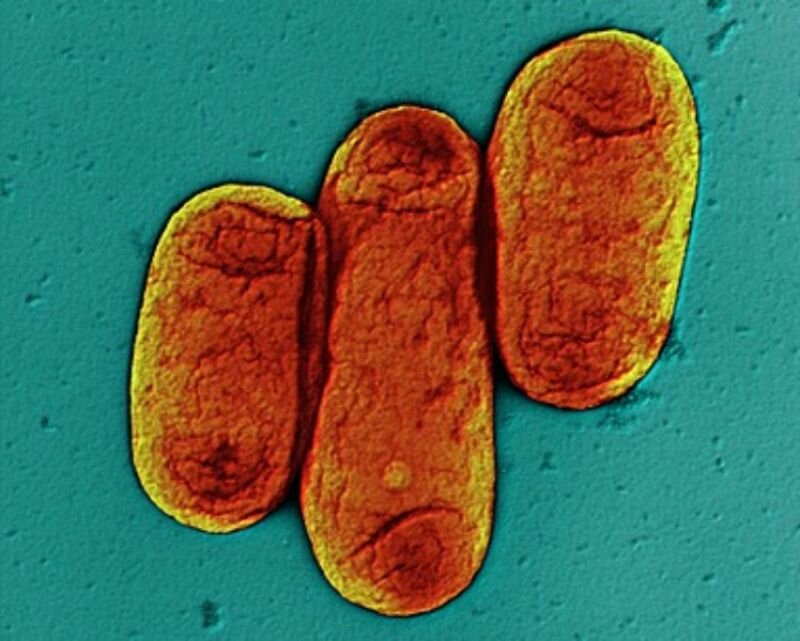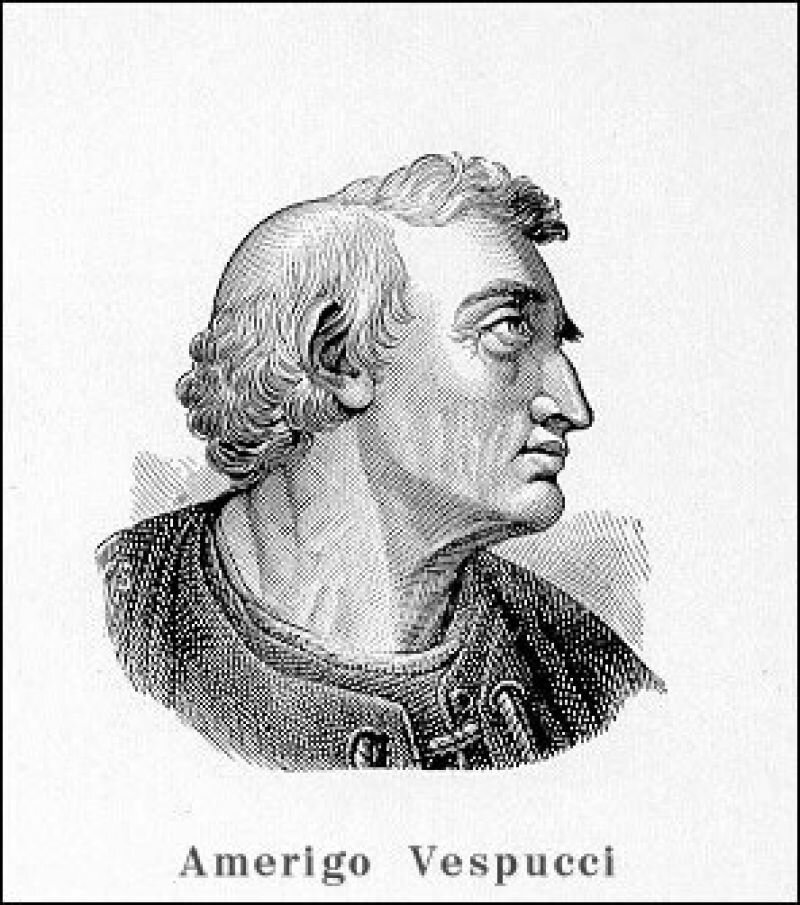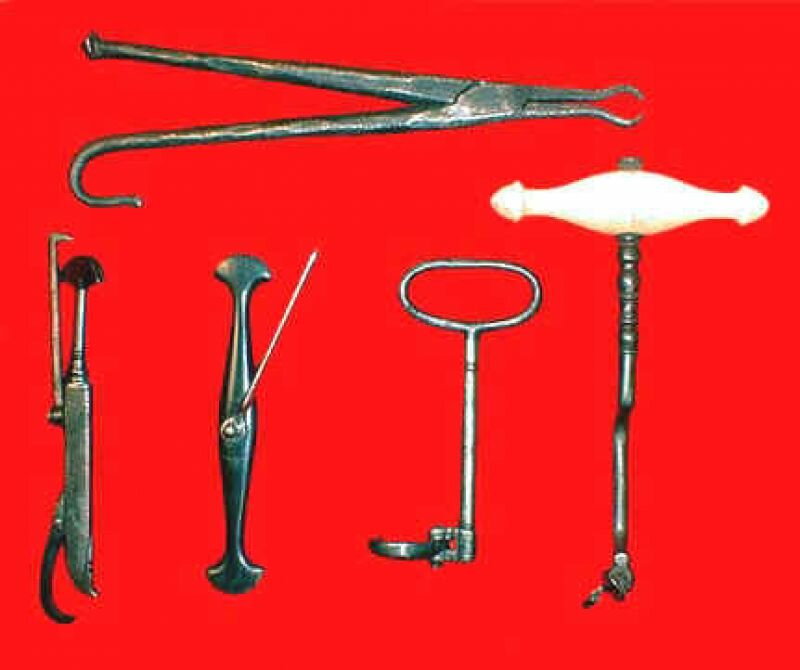
Dear Theo
Will life never treat me decently? I am wracked by despair! My head is pounding. Mrs Sol Schwimmer is suing me because I made her bridge as I felt it and not to fit her ridiculous mouth. That’s right! I can’t work to order like a common tradesman. I decided her bridge should be enormous and billowing and wild, explosive teeth flaring up in every direction like fire! Now she is upset becuase it won’t fit in her mouth! She is so bourgeois and stupid, I want to smash her. I tried forcing the false plate in but it sticks out like a star burst chandelier. Still, I find it beautiful. She claims she can’t chew! What do I care whether she can chew or not! Theo, I can’t go on like this much longer! I asked Cezanne if he would share an office with me but he is old and infirm and unable to hold the instruments and they must be tied to his wrists but then he lacks accuracy and once inside a mouth, he knocks out more teeth than he saves. What to do?
Vincent
Dear Theo
Once again I am in need of funds. I know what a burden I must be to you, but who can I turn to? I need money for materials! I am working almost exclusively with dental floss now, improvising as I go along, and the results are exciting. God! I have not even a penny left for Novocaine! Today I pulled a tooth and had to anesthetize the patient by reading him some Dreiser. Help.
Vincent
Dear Theo
Have decided to share office with Gauguin. He is a fine dentist who specialises in bridgework, and he seems to like me. He was very complimentary about my work on Mr Jay Greenglass. If you recall, I filled his lower seven, then despised the filling and tried to remove it. Greenglass was adamant and we went to court. There was a legal question of ownership, and on my lawyer's advice, I cleverly sued for the whole tooth and settled for the filling. Well, someone saw it lying in the corner of my office and he wants to put it in a show! They are already talking about a retrospective!
Vincent
This is a selection from the exchanges of notes which can be fully read in the text If The Impressionists Had Been Dentists from Woody Allens Without Feathers.
